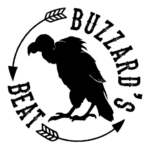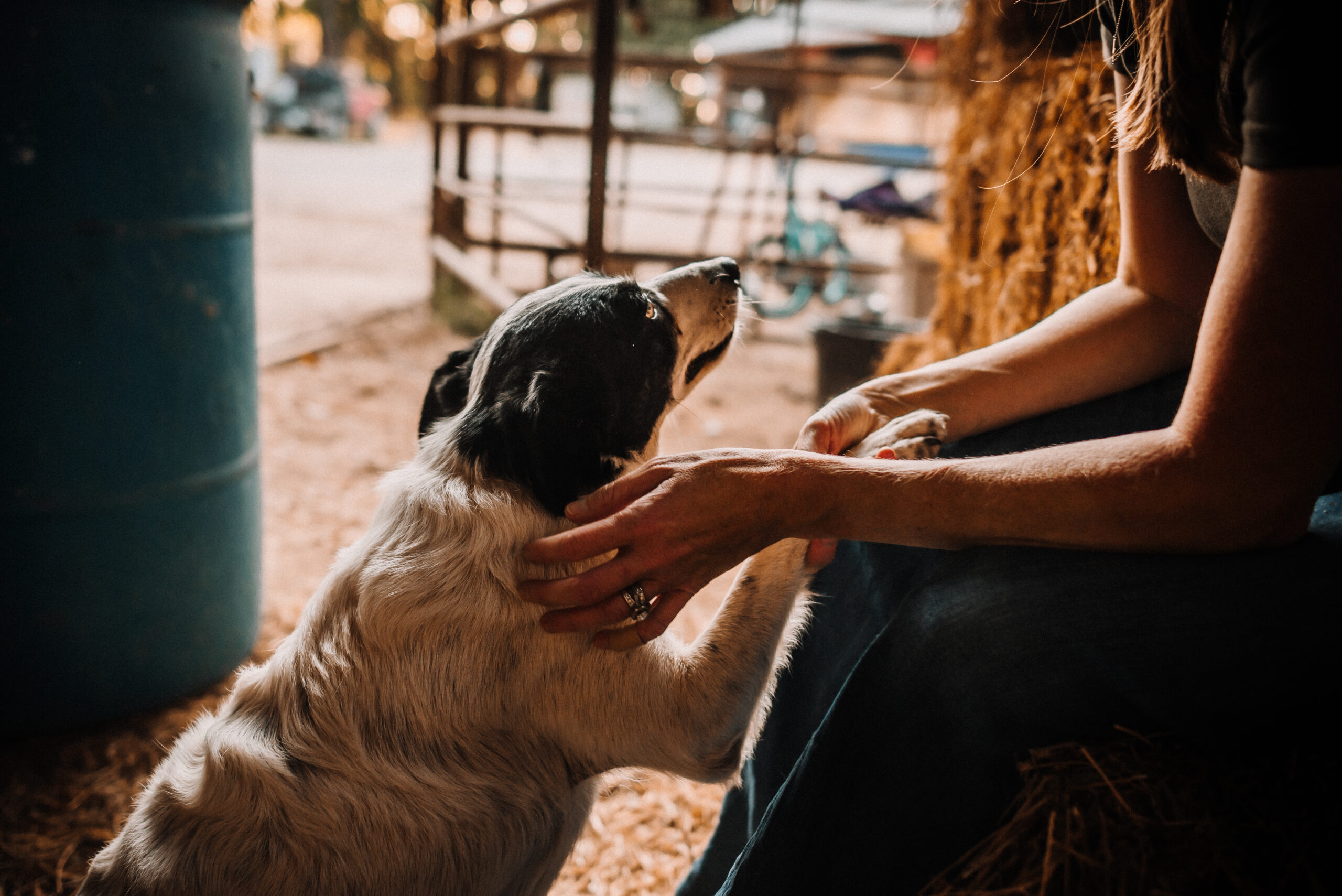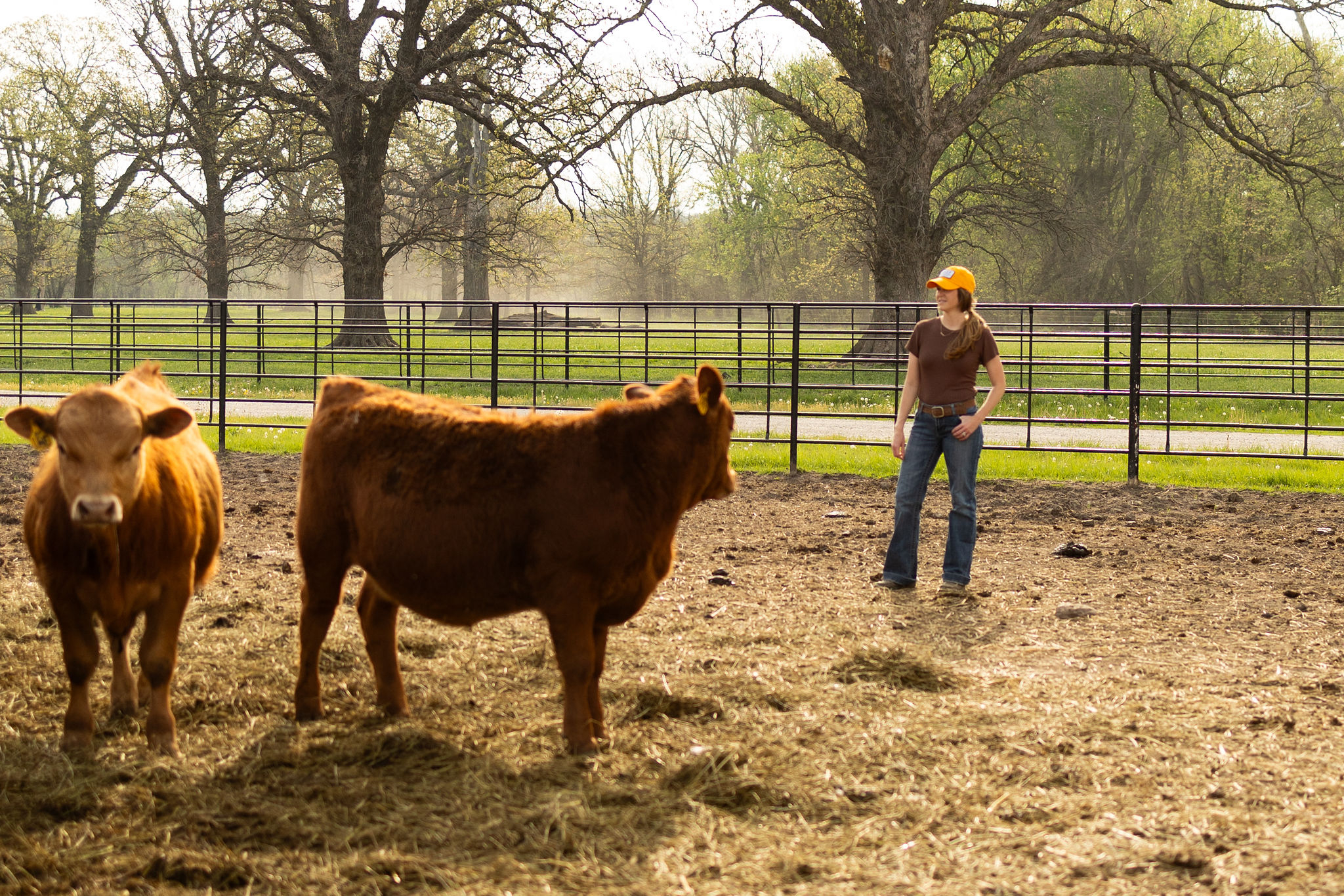This post is a collaboration with Beef. It’s What’s For Dinner. on behalf of the Beef Checkoff. I received compensation but all thoughts and opinions are my own.
——————————————————————-
Squirrels are such admirable little creatures – in a frenetic sort of way. In the spring, they frolic in parks and backyards, unworried and joyful. But once late summer arrives, they turn into spastic planners, scurrying to and fro searching for food and storing it away for a long, cold winter. Despite their worry and anxiety, the tremendous planning pays off as squirrels spend their winters nestled in a den, snacking away on the spoils of their work.

Cattle farmers and ranchers are just like squirrels.
Hear me out. In the spring, we ping pong between being excited about turning cows out to grass after a long winter and worrying about precipitation to grow grass and forages for the next winter – consequently, our mental health is constantly challenged. However, once we [hopefully] get that precipitation, we quickly set into action of preparing feed for our cows for the late fall, winter and early spring.
On our ranch, in July and August we are mowing and baling hay and chopping sorghum silage in order to have enough food to get the cows through until late April 2024, when they go back to grass.
Yes, we should stop to smell the roses, theoretically. But we literally don’t have time to slow down and appreciate the green grass, lack of snow or beauty of summer. We are spraying our pastures for weeds and endlessly planning for the next chapter on our ranch. Just like the spastic squirrel, we are always on the move to be prepared for the next season because disaster will strike if we don’t prepare.
In the fall, we are managing our pastures so there is enough stockpiled growth to last for 60 days of grazing once it goes dormant. We are a fall calving herd, so we pay very close attention to the body condition of our cows during that season. We want them to be prepared nutritionally to raise calves on milk, while maintaining their own bodies, and if they appear to be losing too much weight, we will increase their feed intake.
So many of our management decisions center on the amount of moisture we receive, so when we are in a drought, not only do we worry more about the winter, but we start discussing other options if forage is short. Refusing to acknowledge the challenge of a drought is almost as bad as failing to plan for alternatives during said drought.
Failing to prepare for winter has a few potential outcomes. First, our input costs could be much more expensive because we’re going to be forced to buy more feed later in the winter, when it will be higher-priced. Secondly, we may have to weigh the decision of whether to sell cows in order to have enough cash flow for the winter and thirdly, the temptation to overgraze pastures in strong when we are short on forage.
Clearly, every farm or ranch has its own situation and manages for winter in the best way they see possible but it’s not hard to see why we put away our winter work boots and then pray for the need for our mud boots. Rain equals plentiful forage and plentiful forage leads to healthy cows and pastures. We know that failing to plan and prepare, is planning to fail and we never want to do anything that jeopardizes the health of our cattle or land, nor our livelihood.
And so we will spend our summer scurrying around, planning for winter like a high-anxiety squirrel!
Until next time,
~ Buzzard ~



